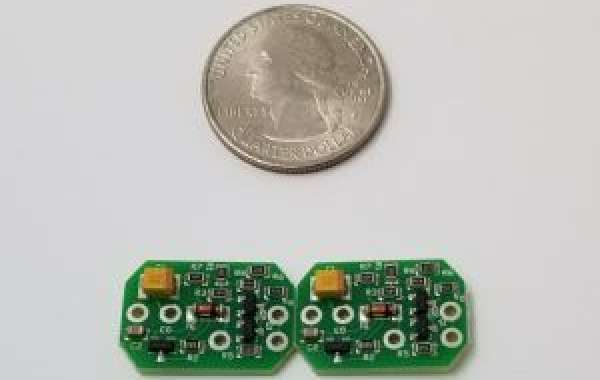Reliability is paramount in PCB board design to ensure consistent performance and longevity of electronic products. This article explores best practices and quality assurance methodologies that engineers can implement to enhance reliability, emphasizing rigorous testing, design validation, and robust manufacturing processes.
Designing for Reliability
Designing for reliability begins with thorough consideration of component selection, layout optimization, and adherence to design guidelines. Techniques such as derating components, implementing redundancy where critical, and ensuring adequate thermal management contribute to robust PCB design. These practices minimize the risk of failures and maximize operational uptime in diverse application environments.
Conducting Comprehensive Testing
Comprehensive testing is essential to validate PCB board designs and ensure adherence to performance specifications. Functional testing, environmental stress testing, and reliability testing simulate real-world conditions to identify potential design flaws and weaknesses. Advanced testing methodologies, including accelerated life testing and HALT (Highly Accelerated Life Testing), provide valuable insights into product reliability and durability.
Implementing Quality Assurance Processes
Quality assurance (QA) processes are integral to maintaining high standards throughout PCB board design and manufacturing phases. QA measures include stringent design reviews, process control during fabrication, and adherence to industry standards (e.g., IPC standards). Continuous improvement initiatives and feedback loops from field performance enhance PCB board reliability and customer satisfaction.
Conclusion:
Achieving reliability in PCB board design requires a systematic approach that integrates best practices, rigorous testing, and robust quality assurance processes. By prioritizing reliability throughout the design lifecycle, engineers can deliver electronic products that meet stringent performance requirements and exceed customer expectations.




